One of the first Second Amendment issues that President-elect Trump promises to address is legislation regarding national concealed carry reciprocity. The language in several bills already proposed varies somewhat, but the general theme is that if you have a concealed carry permit in one state, it should be honored in all states.
The Los Angeles Times editorial board is upset over the legislation, because they’ve convinced themselves that the law will somehow endanger public safety.
The NRA’s president, Wayne LaPierre, has already released a video statement trumpeting the victory, patting gun owners on the back for making it possible and calling for a renewed push to dismantle state and local gun-control laws. “Our time is now,” LaPierre said. “This is our historic moment to go on offense.”
At the top of LaPierre’s wish list is an absurd and dangerous federal law to require any state that issues permits for carrying concealed weapons to recognize similar permits issued by other states, even if they have different eligibility and training requirements and even if they have less stringent restrictions on gun ownership. Proponents of so-called concealed-carried reciprocity equate it with state driver’s licenses, which are recognized nationwide. But that’s a false comparison. All states follow similar standards for issuing driver’s licenses, and basic vehicle and traffic laws are largely standardized. That’s not so for gun laws, which vary widely by state, not to mention that county and city governments are allowed to enact their own restrictions based on local needs and preferences.
The reciprocity movement is nothing more than an effort to drive states’ concealed-carry laws to the lowest common denominator. Consider Utah, for instance. To qualify for a Utah permit, which is available to nonresidents and is already accepted by 36 other states, one need only be 21 years old, not be deemed ineligible under federal laws (no felony conviction or history of drug and alcohol abuse, for instance) and complete a Utah-certified Weapons Familiarity course, which can be taken outside the state. In fact, Utah has certified 169 instructors in California alone. Utah’s limited restrictions have made the issuance of concealed-carry permits something of a cottage industry for the state. Two-thirds of Utah’s 632,276 permits as of the end of last year were in the hands of nonresidents.
By comparison, California — with 33 times Utah’s population — has only 79,834 active concealed-carry permits, according to the state attorney general’s office. Among other things, California has a more stringent training regimen and requires a person seeking a permit to show good-cause for needing to carry a concealed weapon.
A federal reciprocity law, depending on its final wording, could require California to recognize concealed-carry permits issued in Utah and other states, which it chooses not to do. A California resident could simply apply for a permit from Utah and start walking around Los Angeles with a hidden handgun, no matter what California voters and lawmakers say.
Four bills — one in the Senate and the rest in the House — would create such a law and are likely to be reintroduced in January. Trump backs the concept. They could become law. That would be a disaster for public safety and a cynical usurpation of the long-standing right of states to determine their own gun laws.
I agree with the Times on one point: constitutionally, the federal government is strictly prohibited from determining gun laws, and a strict reading of the Second Amendment would render all federal gun laws invalid. I’m not wild about national reciprocity for the exact reason. It’s just another unconstitutional federal gun law, even if it’s one that favors us. The Founding Fathers made it clear that it should be up to the states and their citizens to decide how they want to live within their borders.
That’s not the main argument of the editors of the Times, however.
Their argument seems to be that the various state level approaches to concealed carry training really make an impact on “public safety.” They feel that the training their “may issue” state requires somehow makes them more likely to be safe with a firearm in a self-defense scenario than concealed carriers from “shall issue” or constitutional carry states.
It is my contention that these requirements are rubbish. None of them provide any realistic firearms training, instead relying on absurdly easy “qualifications” that people how have never touched guns before routinely pass. At best, they provide an overview of the laws governing self-defense, though the details of those laws are often quickly forgotten.
So let’s test their hypothesis.
Sheriff Ken Campbell, Chief Operations Officer of world-renowned Gunsite Academy, has agreed to host a force-on-force training simulation to test the theory proposed by the Times.
The simulation will pit two graduates of California’s restrictive concealed carry training classes, two “shall issue” concealed carry permit holders from Utah (since the Times brought them up by name in their op-ed), and two Arizona residents (where “constitutional carry,” or permitless carry is the law) against an unknown aggressor (or aggressors) in identical “shoot/don’t shoot” scenarios under professionally controlled conditions at the nation’s most oldest and most famous shooting school in the high desert of Paulden, Arizona.
The stipulations are that the participants are to have no formal self-defense training, and that they only have the “training” (or lack thereof) required by their respective states to carry a concealed weapon. This is to be a test of shooters with just state-mandated training, not “gamed” by citizens with hundreds to thousands of hours of defensive firearms training.

One at a time, they will be issued a specially-modified Simunitions handgun (above), which fires marker rounds instead of bullets. They will then go through the same carefully-controlled simulation under the watchful eye of some of the most knowledgeable firearms instructors in the world, where professional role-players will force the six concealed carriers to make “shoot/don’t shoot” decisions, perhaps similar to the “job interview” scenario below.
All the Los Angeles Times has to do is vet and provide the six people to participate in the test.
If the Times hypothesis on the public safety benefits of their laws is correct, then the two concealed carriers from California should perform far better than the two concealed carriers from the “shall issue” state of Utah and the two “constitutional carry” residents of Arizona.
So, Los Angeles Times, are you willing to put your theory to the test?
Your Op-Ed and Sunday Opinion Editor, Juliet Lapidos, has my contact information.
Let’s do this.


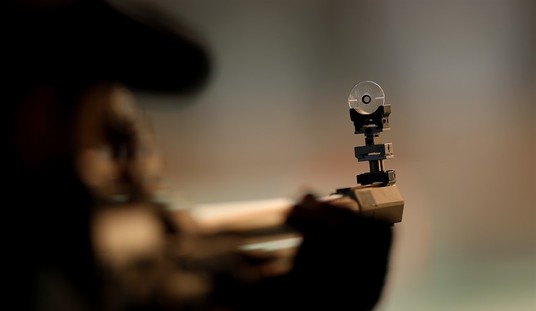
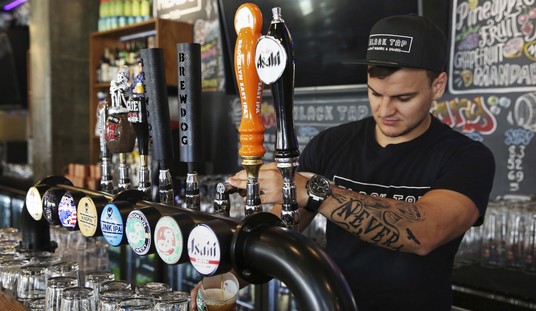

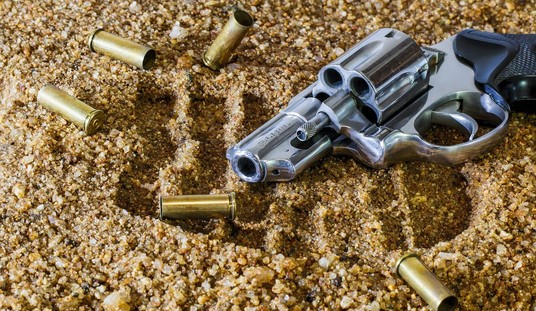
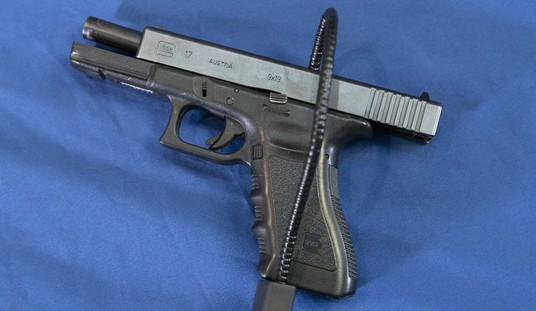
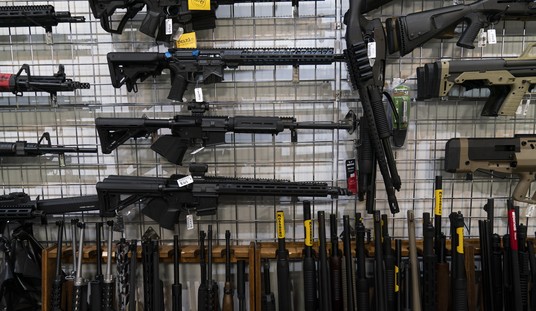
Join the conversation as a VIP Member